"The Mandalorian" validated virtual production tech. But these six films and TV series also deserve their share of the limelight.
Any new type of creativity needs validation. For virtual production, that validation came from The Mandalorian. In 2019, viewers tuned in to see otherworldly action, and those other worlds looked great. Think of the intertwining hues of deep oranges, reds and yellows that make up the mesmerizing Tatooine desert planet, or the excitement of flying weaponry exploding near bounty hunter Din Djarin’s Razor Crest M-111 assault ship.
Today, if you research virtual production technology, you’ll inevitably see someone mention the show. On YouTube, behind-the-scenes featurettes on the technology have racked up millions of hits. Virtual production is the future of filmmaking, and it’s become synonymous with The Mandalorian. However, The Mandalorian is not the only popular work to use virtual production tech. Far from it.
As virtual production adoption continues to pick up, here are six notable films and TV series that deserve their share of the limelight.
1. Gravity (2013)
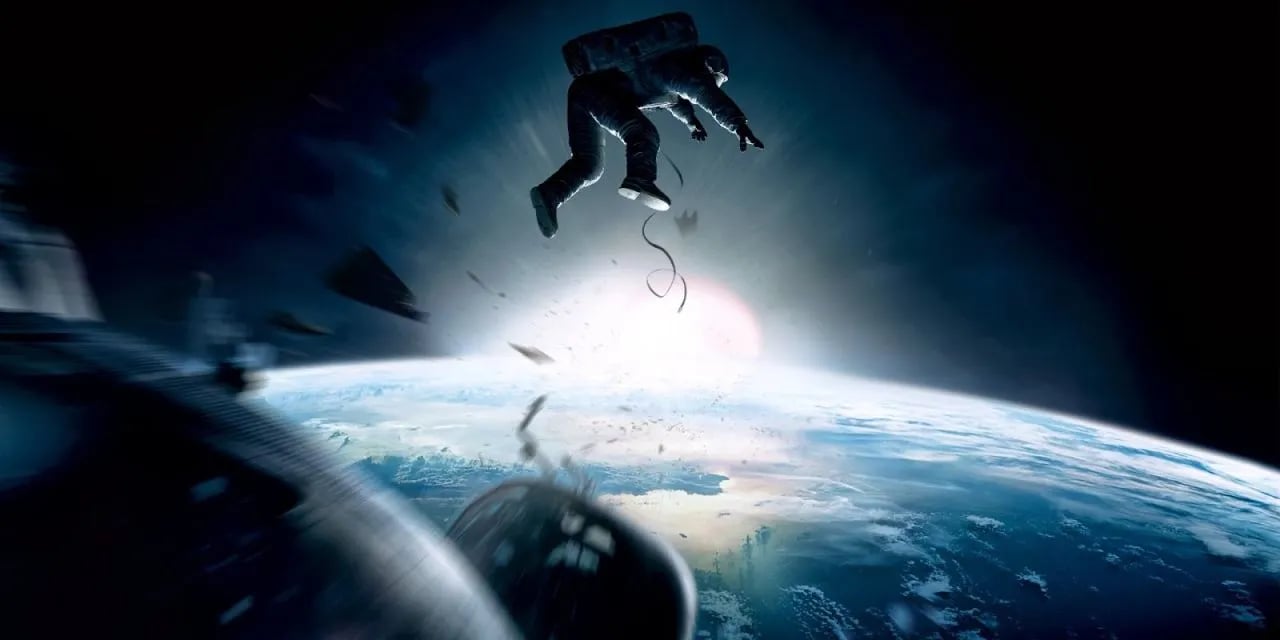
One of the most impressive VFX films ever released, Gravity proved to be lightyears ahead of its time when it broke the record as the highest-earning October and fall openings, grossing $55.8 million in 2013.
In the movie, Dr. Ryan Stone (Sandra Bullock) is a medical engineer on her first shuttle mission. Her commander is veteran astronaut Matt Kowalsky (George Clooney). During a routine space walk, disaster strikes and the shuttle is destroyed, leaving Bullock and Clooney stranded deep in space with no hope of rescue.
Director Alfonso Cuaron used amazing “Light Box'' technology to bring his vision to life. Rather than figuring out how to move Sandra Bullock through space, the creators realized they could move space around her. To make that technique work, they built the Light Box out of 1.8 million individually controllable LED bulbs to essentially make jumbotron screens that can move 360 degrees. Then they piloted the camera through it using a robot. Ingenious.
The previs to the films success was primarily done by Framestore, in partnership with The Third Floor. The Gravity team tested a number of systems, with the final solution to have a small number of sets and then the Light Box for zero-gravity work. In other words, it was a minimalist set used to maximum effect.
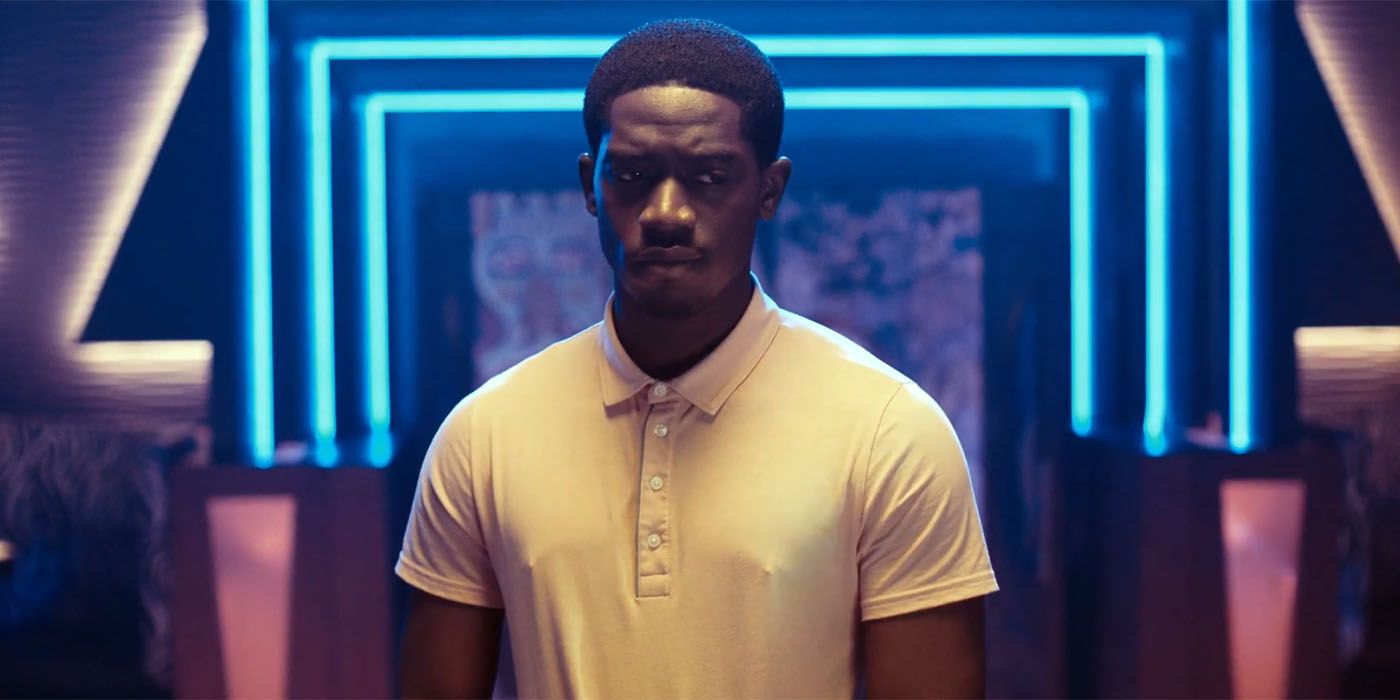
FX’s crime-ridden drama, set against the infancy of the crack cocaine epidemic in 1980s Los Angeles, has garnered national acclaim and awards during its first five seasons. The show uses stylized visuals that have earned Outstanding Achievement in Cinematography honors from the American Society of Cinematographers.
Virtual production is a huge part of that success. Co-producer John Labrucherie brought in Orbital Studios to build out a lavish penthouse, and they didn’t skimp on making this look as extravagant, elegant and exorbitant as possible for the main character.
After Orbital Studios built out the central set pieces, they utilized a 65-foot LED wall to create the view, which is just as important as everything else staged inside the penthouse. In some on-screen interviews, the crew revealed they’ve been able to reduce their time out on location by at least a third. For nighttime scenes, they shot with 4 Sony Venices and created plates at 12k resolution that dubbed incredibly realistic city night-life and skyline views. After hearing feedback from cast and crew, let’s just say they don’t plan on going back anytime soon.
3. Solo: A Star Wars Story (2018)
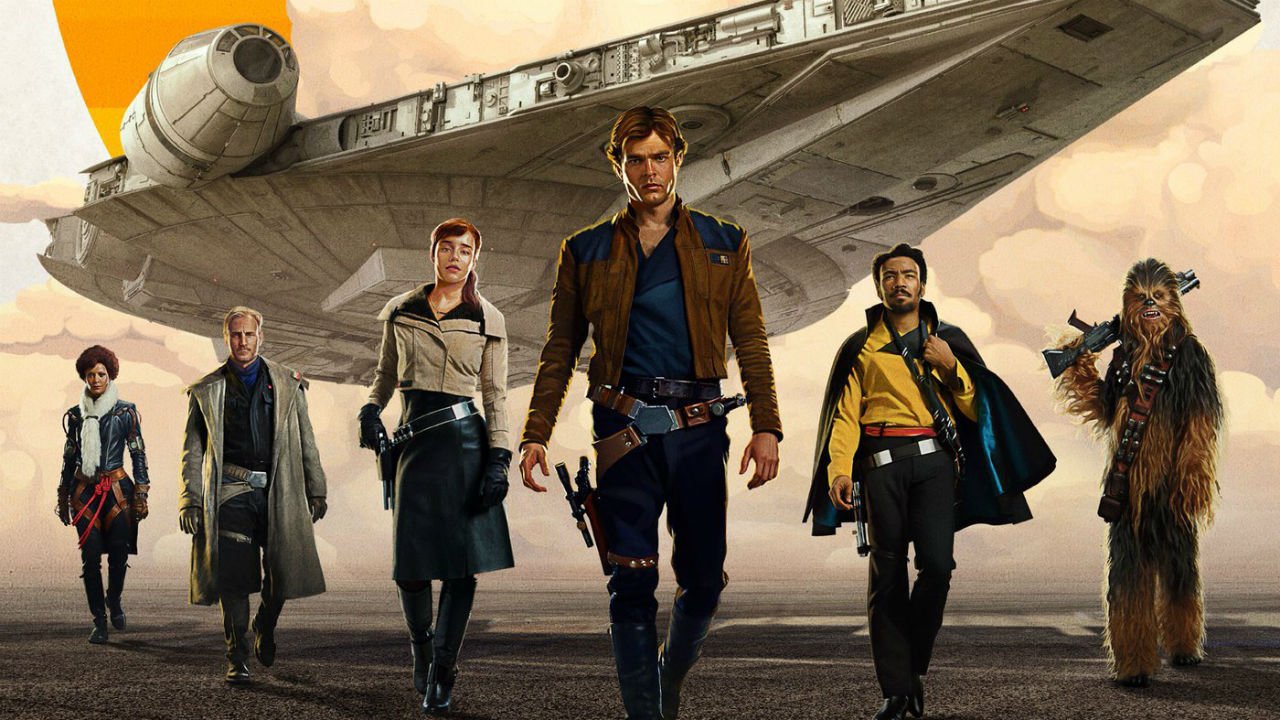
The Star Wars universe seems to have a thing for LED volumes. Aside from The Mandalorian, the 2018 theatrical release Solo: A Star Wars Story also made use of emerging virtual production technology.
In this prequel, Han Solo meets his future copilot Chewbacca and encounters the notorious gambler Lando Calrssian. It’s a journey that will set the course of one of the Star Wars saga’s most unlikely heroes.
Directed by Ron Howard, Solo consisted of 1,800 visual effects shot from every variety. From integrating CG elements with liveaction plates to total CG environments and real-time VFX implemented on set, the use of LED screens plays a crucial role in the making of this story.
When trying to film the iconic Millennium Falcon, production constructed a highly detailed set of the ship’s cockpit. In order to create convincing shots from within the cockpit, the crew put together a quite practical set for filming that could be elevated and surrounded by a massive 160-degree wraparound screen. The volume had the capability to play back effects and content in real time, simply by tapping the interface.
This is what we’re talking about when we say virtual production is the way of the future. The visual effects work on Solo: A Star Wars Story was recognized by an Academy nomination and three VFX Society Award nominations.
4. Lion King (2019)

In 1994, Lion King was the highest grossing film of the year. It’s since topped $1 billion in total box office, and basically pioneered the way for nearly every animated feature film that came after it.
Twenty-five years later, Disney rebooted Pride Rock as a live-action movie to pioneer another new type of filmmaking. The 2019 version of The Lion King aimed to solve the challenge of how to direct a story when the director can’t see all of what they are directing.
In this case, the director is Jon Favreau, who also happens to be the creator, writer, and director of The Mandalorian. Favreau and The Lion King’s creative team took advantage of the revolution in consumer-grade virtual reality technology. Paired with Unit Engine, they were able to produce visual effects and animation that complemented the traditional physical production approach.
MPC was the visual effects and animation company that provided the stunning visuals. Then the Magnopus team, headed by Ben Grossman, started by sketching out ideas around throwing out all the old visual effects based software and switching completely over to game engines.
They ended up creating a system that allowed Favreau to direct a movie with high-quality, real-time, interactive components while still making a 100% computer-generated film.
And for those keeping score at home, even though The Mandalorian has gotten a lot of virtual production credit over the years, The Lion King actually debuted first by a few months.
5. The Irishman (2019)
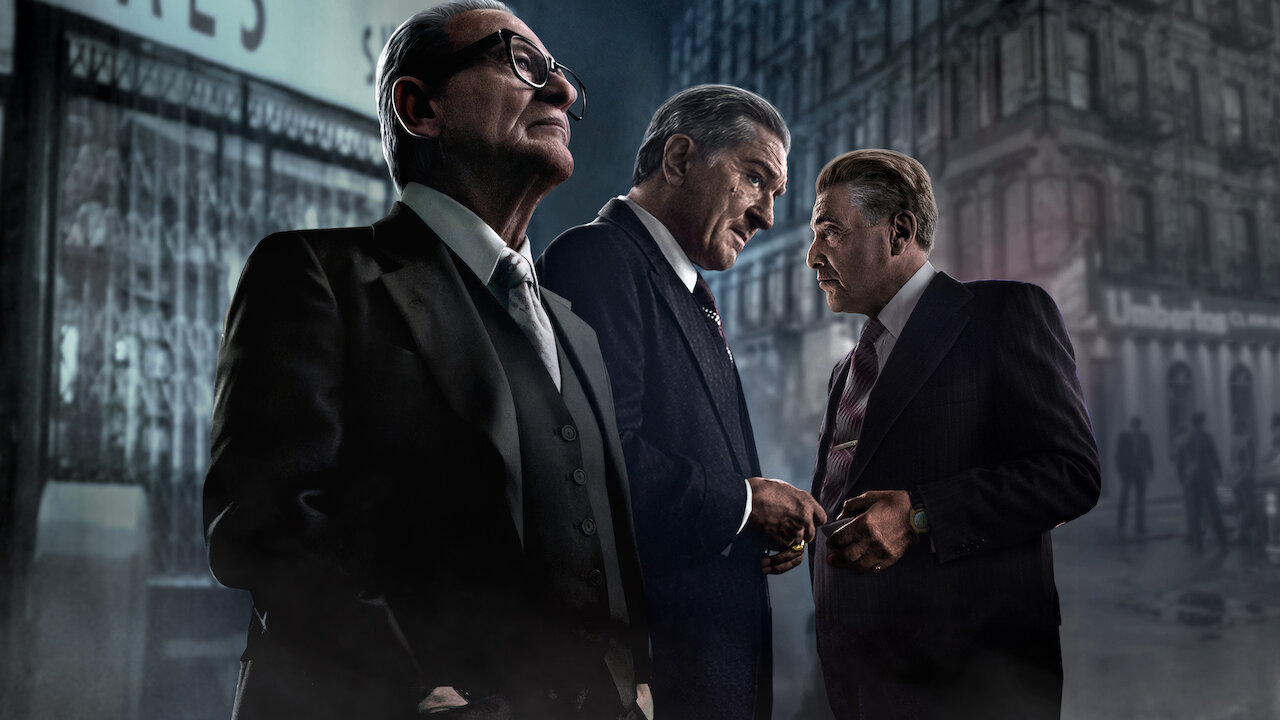
The Irishman is another feature that dipped its hands into virtual production. With a run-time of over three hours, Martin Scorcese and co. definitely had the space to incorporate some dynamic environments.
The film follows Frank Sheeran (De Niro), a truck driver who becomes a hitman involved with mobster Russel Bufalio (Joe Pesci) and his crime family, including his time working for the powerful teamster Jimmy Hoffa (Al Pacino)
The car interiors were all shot in the studio. To make it look like actors were outside, the crew had to create lighting by using huge LED panels, similar to jumbotrons. They fed onto those screens with images created by the second unit where they had nine cameras filming around one car. With this approach, they were able to capture every possible angle.
The crew chose one screen as a virtual background (instead of a green screen) and used the others to light the actors’ faces. Remarkably, the actors were literally being lit and shaded by the landscape and buildings passing by. Not bad for a couple of wise guys.
6. Red Notice (2021)
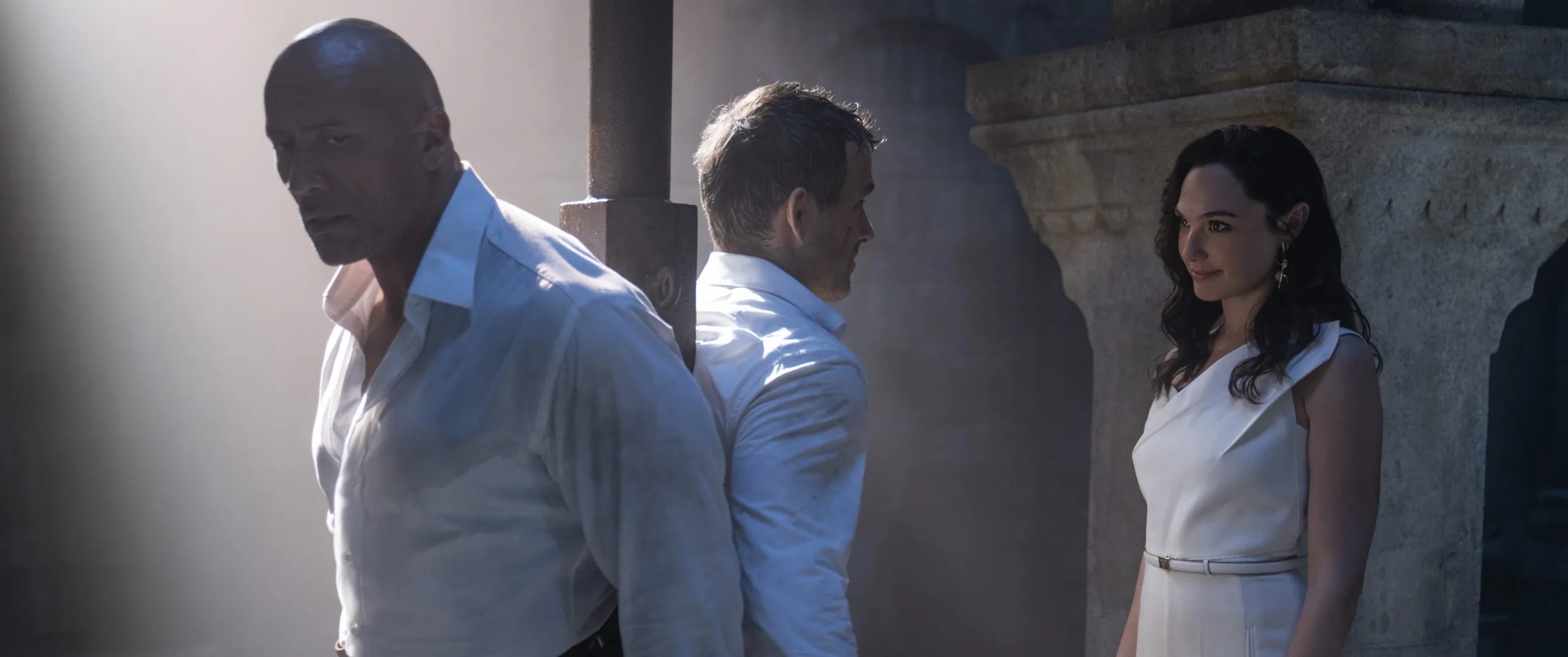
The most-watched film all time on Netflix is not Bird Box, The Kissing Booth, or The Irishman; it’s 2021’s action comedy Red Notice, starring Dwayne Johnson, Ryan Reynolds, and Gal Gadot.
The film follows an FBI agent (Johnson) who teams up with the world’s second-best thief (Reynolds) to capture the world’s best thief (Gadot). In true blockbuster form, Red Notice goes on a globe-trotting adventure through Italy, Bali, Spain, Argentina, and Egypt—with a layover in a Russian prison.
Much of Red Notice’s world was built or supplemented with CGI. The film originally was set to have 400-500 VFX shots; when the pandemic hit, that amount nearly tripled. But during production, Netflix didn’t have to fly cast and crew all around the world. In fact, virtual production technology made it easy to shoot everything in Atlanta.
Based on behind-the-scenes photos, it appears the movie relied on virtual production techniques similar to the ones created for The Mandalorian. Judging by the 364 million hours of viewing time the movie generated in the first 28 days, it all paid off.
-1.png?width=2539&height=346&name=Transparent%20(2)-1.png)